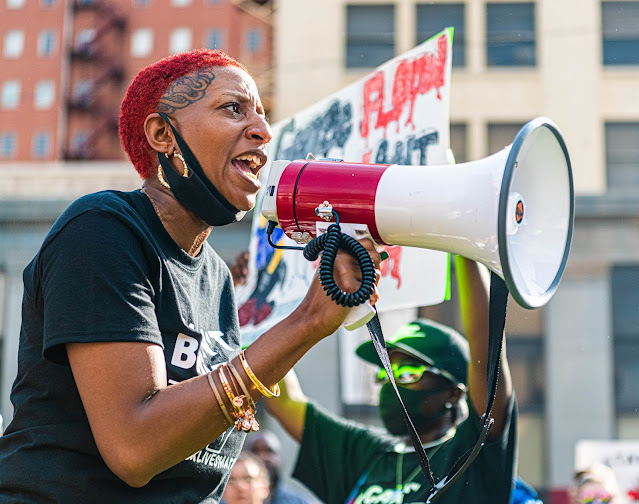Designing Your Life: Prioritizing Your Priorities
Setting priorities in your life allows you to focus on what is important to you, to determine what is urgent and needs your attention, and to cut through the clutter that is keeping you from achieving your goals. Figuring out your priorities means you identify what is truly important for you and, therefore, dedicate your time to those tasks, experiences, and people that fulfill your values and beliefs.
Today’s society pulls you in many different directions. It demands you pay attention to a lot of things, and it tries to convince you that all of these things are urgent and necessary. This places you in a perpetual cycle of reacting to things rather than proactively planning how you spend your time. There is tremendous pressure today to put others’ priorities before your own and learning to place your own needs above others is an essential life skill.
This type of focus on other peoples’ demands and needs can quickly lead to disillusionment and dissatisfaction in life. Your priorities get lost in the shuffle, and you are left wondering where in your life there is room for you.
When you learn to shift your life’s priorities back to what is important to you, you are exercising personal choice and living your life in harmony with your own values and goals. So, where do you start when placing priority on yourself?
Step 1. Get clear about what’s important to you.
Take some time that is just for you and use it to clear your mind and figure out what’s important to you. What do you need to be happy and healthy? What is of utmost importance to you? How do you want to live that feels like you are a priority?
Write it all down, focusing on what is most important to you and what you think will make you most proud years down the road. Don’t concentrate on feasibility or resources or anything else. Just focus on what’s important to you right now. Whittle this list down to your top three to five most important goals. That’s where you need to be spending more time.
Step 2. Inventory your time.
For one week, write down all your activities. Everything you do in a day, document it. At the end of each day, make a note next to everything you did that is aligned with something you identified as important to you. Everything you make notes on is when you are placing yourself as a priority. Everything else needs attention.
Step 3. Get rid of the clutter.
Not everything is urgent or necessary in your life. Look at your activities and determine where you are spending time that isn’t necessarily focused on your needs. Where can you delegate, where can you eliminate, and where can you get better organized to cut down on how long it takes you to do mundane or regular tasks? These are spaces for more room in your life, places where your priorities have room to grow and breathe.
Add in more of the important things you identified in your reflection.
What do you want, and how can you start working to achieve that today?
Where does that fit into your schedule?
Make a date with yourself and your priorities and keep your commitment to this time. Start small and work with your schedule over a week or two to see where your new priorities are working and where you still need to de-clutter.
Step 4. Remember it’s a process.
Prioritizing yourself comes with emotions with which you may need to deal. Guilt and anxiety are two common reactions when prioritizing yourself. Change is gradual, and it will take time to find ways to make this new way of thinking work.
Give yourself a break and stick with it. Check in with yourself regularly to see how things are going, to see if you feel like there’s more room in your life for your priorities. Be patient and kind to yourself, more of all, because you are worth it.



.png)
Comments
Post a Comment